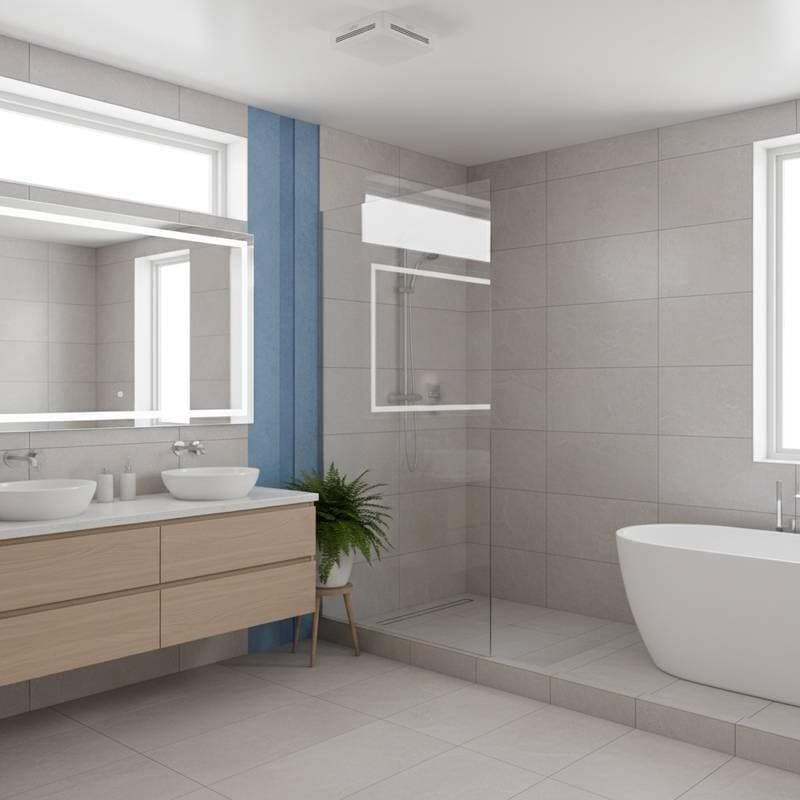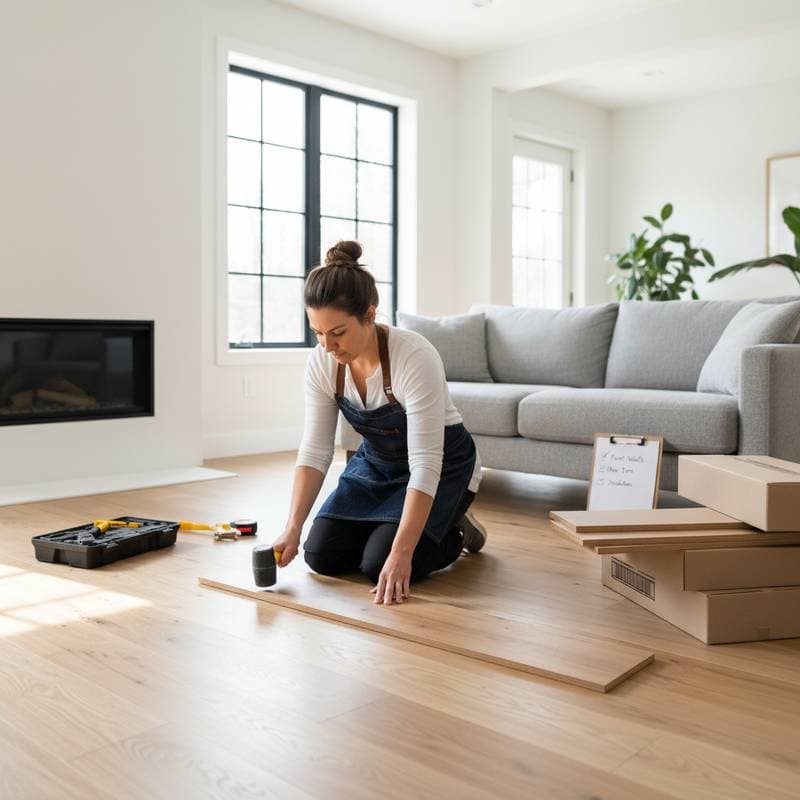Smart Lighting Solutions Every Homeowner Should Consider
Home renovation projects in the United States face increasing costs, driven by tariffs on imported electronics and persistent supply chain delays. These factors affect smart home technology in particular, yet lighting upgrades remain a practical choice for many homeowners. As an experienced professional in home improvements, I have guided numerous clients through these updates, and I know lighting often represents the best balance of cost and benefit. Smart lighting enhances energy efficiency, strengthens security, and provides everyday convenience, making it an essential upgrade rather than a luxury.
In my own home renovation, I replaced traditional bulbs and switches that wasted energy and offered little control. The switch to smart systems reduced my bills noticeably, and I could adjust lighting remotely through an app. This experience shows how such upgrades deliver immediate value, especially in 2025 when energy costs continue to rise.
Project Snapshot
Average Cost: $1,200 to $4,500 for whole-home installation
Timeline: 2 to 4 weeks, depending on supply availability
Lifespan: 10 to 15 years for most smart LED systems
Best Season: Fall or winter, to maximize energy savings during darker months
DIY Friendly: Partial, for bulbs and plug-in fixtures; full wiring upgrades require professionals
Permits Required: Possibly, if rewiring or adding circuits is involved
Cost Breakdown in Current Market Conditions
Tariffs impose an additional 10 to 15 percent on imported components, which raises prices for bulbs and hubs compared to previous years. Homeowners can expect these typical ranges, based on recent installations I have overseen.
- Smart LED bulbs: $12 to $25 each, with dimmable and color-changing models at the higher end
- Smart switches or dimmers: $60 to $120 per unit, including models designed for easy installation
- Smart lighting hubs or bridges: $80 to $150, although some modern ecosystems operate without them
- Whole-home professional installation: $2,500 to $5,000, varying with wiring complexity
These initial expenses yield savings of 20 to 30 percent on electricity bills over traditional systems. The investment typically pays off in 3 to 5 years, depending on household usage patterns.
Choosing Between DIY and Professional Installation
From years of advising on home projects, I recommend starting with simple tasks to build confidence. Replacing bulbs or adding plug-in smart lamps requires no tools beyond a screwdriver, and setup takes under an hour. However, integrating switches or ceiling fixtures demands technical skills.
- DIY Options: Smart bulbs, plug-in lamps, and Wi-Fi light strips
- Professional Services: Hardwired switches, recessed fixtures, and outdoor security lighting
Local electrical codes mandate licensed electricians for wiring work, and skipping this step risks safety issues or insurance complications. For systems that connect to home security or enable voice control across rooms, professionals ensure reliable performance.
Timing Your Upgrade Strategically
Supply delays can extend wait times for premium systems, as I saw in a recent client project where components arrived six weeks late instead of two. To avoid setbacks, order materials well in advance of any construction.
Coordinate electrical work early in larger remodels, and verify Wi-Fi strength throughout the home. Strong signals prevent connectivity problems, so position routers and extenders before finalizing installations.
Upgrade Paths for Various Budgets
Homeowners can scale smart lighting to fit their finances, drawing from strategies I have implemented successfully.
Budget-Friendly Start (Under $500):
- Swap out bulbs in high-use areas with smart LEDs
- Incorporate smart plugs for existing lamps
- Manage settings via a dedicated app for basic automation
Mid-Level Enhancement ($1,500 to $3,000):
- Add smart switches in living rooms and kitchens
- Install motion sensors in entryways and bathrooms
- Integrate with voice assistants for seamless control
High-End System ($4,000 and Above):
- Deploy a comprehensive setup with centralized controls
- Extend to outdoor lights linked with security features
- Program automated scenes that adapt to daily routines
Calculating Return on Investment
Smart lighting offers quick returns through reduced energy use, extended bulb life, and increased property appeal. In my experience, equipped homes attract buyers faster and command premium prices. The convenience of automated lighting also improves quality of life, from scheduled dimming to remote access.
Steps to Get Started
- Assess your existing setup: Inventory fixtures and identify priority areas for improvement.
- Define your budget: Choose between simple swaps or a complete overhaul.
- Obtain quotes: Contact three local contractors to compare costs and schedules.
- Optimize connectivity: Confirm robust Wi-Fi in all targeted spaces.
- Secure supplies: Purchase items early to sidestep delays from tariffs.
Final Recommendations
Smart lighting extends beyond aesthetics to deliver efficiency and security that justify the investment. While do-it-yourself elements appeal to many, professional handling of wiring ensures safety and compliance. Begin with an assessment of your home, then seek contractor estimates to secure favorable rates amid rising costs.
For expert installation, connect with licensed specialists in smart home systems. Remember, limit personal efforts to non-wiring tasks, and entrust electrical work to qualified professionals. This approach allows you to reap the rewards of advanced lighting without unnecessary risks.



